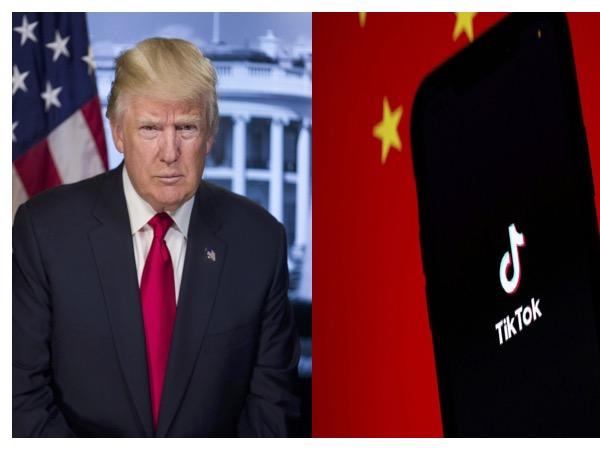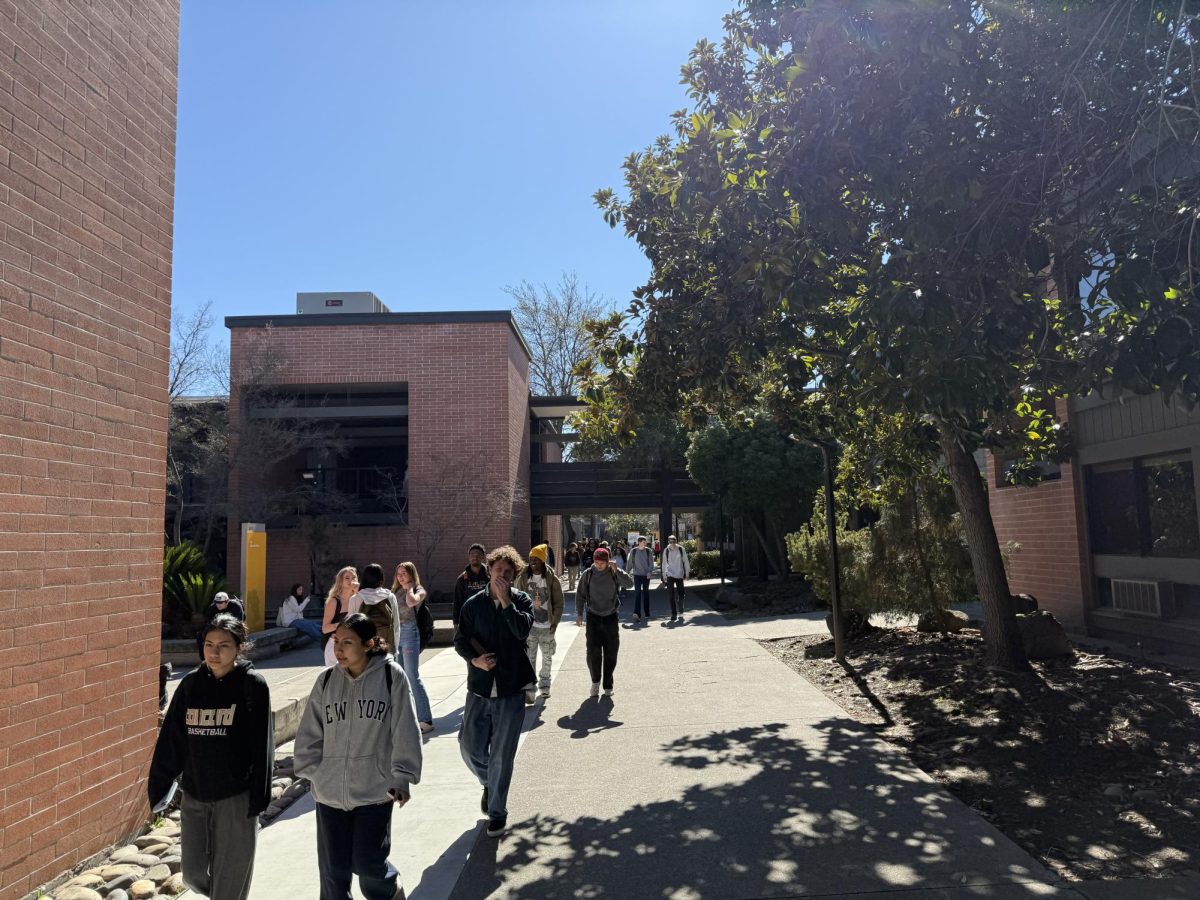“Before 9/11, some people would give us strange looks. But right after, people acted as if it was their duty as Americans to spit on us when we walked by,” said a female Muslim DVC student, who wished to remain anonymous.
Even 10 years later, she feels nervous about being singled out.
As the ten year anniversary of 9/11 approaches, there has been increased discussion about 9/11 and its effects on Islamaphobia and the youth in American society.Robert P. Gallagher, current Adjunct Clinical Associate Professor at the University of Pittsburgh, wrote an essay on the psychological impact of 9/11 on college students in spring 2003.
The article, which focused on new students who asked for counseling after the attacks, noted that 97.6 percent of surveyed counseling directors believed that most of the students new to counseling did not show problems linked to the attacks.
Instead, they showed “general problems that may have been stirred up by the climate of fear and vulnerability that followed 9/11.”
Further, an article written this year by psychology professors Nancy Eisenberg, Arizona State University, and Dr. Roxane Cohen Silver of the University of California at Irvine, supports Gallagher’s claim.
In “Growing Up in the Shadow of Terrorism: Youth in America After 9/11,” they point out that a mental health change in youths was associated more with “victimization or witnessing other forms of violence than with exposure to events on 9/11.”
Diablo Valley College sociology professor Andrew Barlow points out a misplaced fear and anxiety towards the Islamic culture after the attacks.
“The war on terrorism is a war against the Islamic culture and that terrorists are Muslim is a distorted view,” said Barlow.
The effects of 9/11 on those who grew up in the past decade have left them skeptical of others. The Pew Research Center in 2010 conducted a survey of people aged 18-29, and showed that two-thirds felt that, “you can’t be too careful” when dealing with people.
These points indicate that the emotions expressed were always present but have been exacerbated by the events of 9-11.
“The idea that we were going to be saved attacking the Muslim world made us more crazed and anxious,” Barlow said.
Barlow said Bush used the Muslim world as the enemy in the wake of the 9-11 attacks.
Soon after 9/11, Muslims became the face of terrorism in the United States.
He added that “terrorism is not a foreign problem” and that, while labeling the Muslim populace as terrorists, people should consider that slavery, the Indian Wars, Jim Crow codes and the Oklahoma city bombings were all acts of terrorism native to the U.S.
“If you look at it from a historical perspective, there have been numerous terrorist attacks – both foreign and domestic – both on US soil and on US personnel around the world,” history major Kevin Richter, 18, said.
Stephen Schwartz, director of the Center for Islamic Pluralism, wrote an article about Islamophobia, defined as an ideology that does not make a distinction between Muslim terrorists and “the overwhelming majority repudiate fundamentalism, decline to support jihadism, and practice Islam as a normal religion.”
It is clear that in the decade following 9/11, the perception of the Muslim world has drastically altered.
However, the effects that 9/11 had on America will be uncertain about another 10 years from now.
There are existing anecdotes to support the fact that there are continued negative affects, but also encouraging news of positive changes.
A recently released study by the Pew Research Center on August 30 paints an optimistic picture for Muslim-Americans.
The poll shows that 89 percent are “satisfied with the way things are going in their lives.”
It also showed that 56 percent are “satisfied with the way things are going in the U.S” compared to the 23 percent of Americans that share the same view.
Khadir Subdani, Muslim student association president at DVC, said he did not experience great discrimination while growing up over the past ten years.
Disregarding the occasional school discussion about racism and nasty phone calls, he said “it’s pretty normal.”
However, Subdani also said that there are two different “Muslim looks.” The first is the generation of Muslim-Americans, like himself, who are fully assimilated into American culture.
The second are those who have extraneous characteristics like wearing a traditional head scarf or having a beard.
“When you have these additional identifying markers, you do get extra [racism], especially at the airport,” said Subdani.
“I don’t feel strange about being put ‘in the special line’ at the airport. I understand that there is a threat. Since I wear my hijab, I stand out. So they put me in a special line and they search everything. I understand. It’s no big deal,” an anonymous student said.
An event called “Unheard Voices of 9/11” occurred in Mountain View, California on Aug. 27. Muslims shared stories and spoke out against school bullying, harassment and hate crimes related to faith-based hair-coverings.
“[Islam] was sort of attacked on and it caused more questions. Perception-wise, it’s getting better. More tolerance maybe,” Subdani said.
Dr. Amer Araim, Political Science professor at DVC, sees these discussions as a positive way to change the public’s perception of Islam.
Of the discussions Dr. Araim has, most Americans he talks to don’t see all Muslims as terrorists and contributes changes like these to dialogue and education between Americans and Muslim-Americans.
“At the beginning there was an unreasonable fear of Muslims… [lately] I see that in general the atmosphere is positive,” Araim said.
“We are an integral part of America,” added Dr. Araim. “If it hurts America, it hurts us too.”
Subdani, who is a first-generation Muslim-American, hopes for further Muslim assimilation and education about Islam and that “basic understanding will go a long way.”
“We have a saying called ‘Insha Allah.’ It means ‘god willing.’ That’s all I can say,” Subdani said.








































































